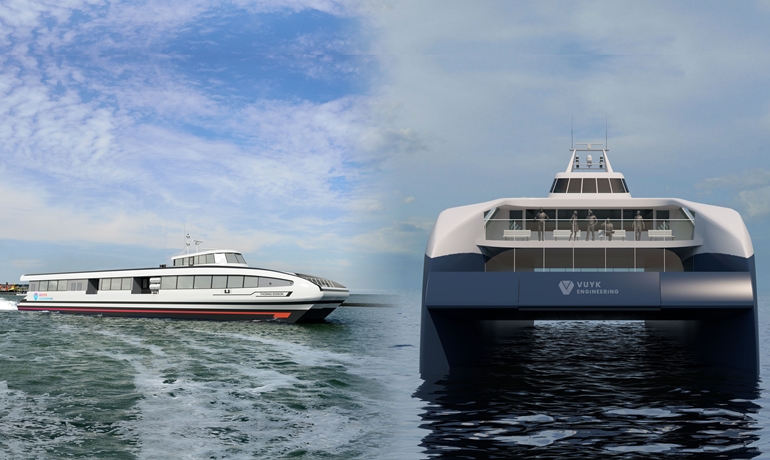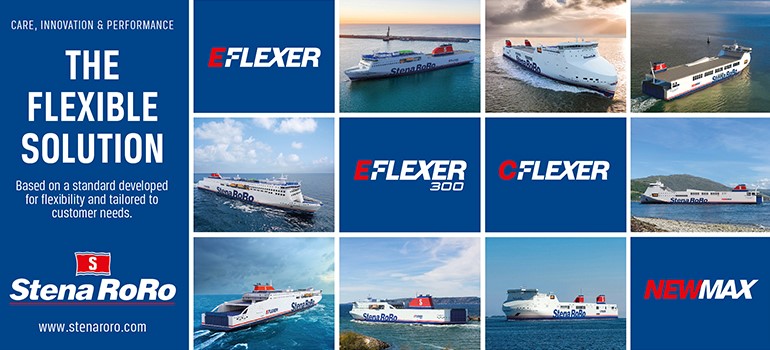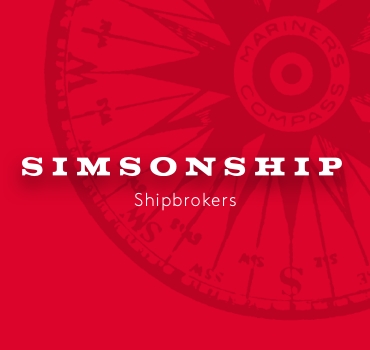
Vuyk Engineering release green ferry design
Ferry lines are indispensable in daily travels over waterways and form a vital link between islands and the mainland. Commuting by water is a convenient way of public transport. Ferries connect remote places and are also effective in densely populated city areas, providing fast, reliable and direct connections.
The ferry sector is more and more evolving into sustainable transport solutions. Environmental considerations and fuel prices are proven catalysts of a new trend towards electrification. Ferry services are facing challenges of increasing costs, and of the demand for renewable energy-efficient sources. They must provide affordable, sustainable and low-emission transport services. To protect the marine life and ecosystem, remote areas are strictly protected from all sorts of pollution from shipping. In addition, zero-emission solutions are demanded in highly populated areas, due to air pollution. This led to building several new electric vessels and retrofitting existing ones. For short routes or schedules with longer berthing times, electrical ferry solutions have already been developed and implemented in the logistical chain. Standardized designs available to the market provide good results on various routes.
The actual difficulties arise when sailing distances increase and berthing times are shorter. These routes require high speed vessels to achieve acceptable travel schedules. In these demanding situations, the available standard green ferry designs do not provide a feasible solution.
Pilot Project
Vuyk Engineering Rotterdam has recently taken the challenge and designed two green ferries. The routes of both vessels required non-standard solutions to match the operational requirements, meaning long distance and severe weather conditions.
The first design resulted in an electric ferry with a state-of-art battery system and optimized hull shape for operating in shallow water areas. As this vessel is intended to operate in a protected ecological area, the propulsion layout was matched with the specific local requirements.
The second design is a double-ended ferry, outfitted with a hydrogen-powered electrical propulsion system. For this design, the environmental design parameters and route specific requirements resulted in a catamaran shaped hull. The propulsion layout is tailored to the high demand for manoeuvrability at the berthing locations, combined with draught restrictions on the route.
Oct 19 2022


















